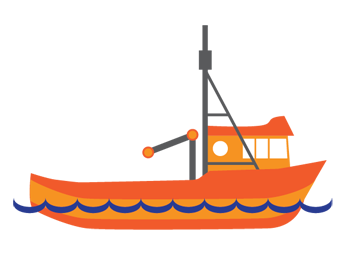Hazard Evaluation
Evaluation of Wearable-Based Activity Recognition Modeling Applications for Logging Safety
This pilot project is integrating geospatial technology and activity recognition modeling into a Garmin smartwatch and smartphone application for rigging crew workers in the logging industry. This application aims to prevent injuries by improving loggers’ situational awareness by providing real-time updates of their coworkers’ work activity status and location.
Respiratory Health and Indoor Air Quality in Washington's Cannabis Industry
Marijuana is now medically legal in 38 states and recreationally legal in 11 states, including Washington, Oregon and Alaska. Due to the drug's illegal history, there is a lack of scientific study on the occupational hazards for this workforce. A recent report identified 23 potentially hazardous exposures, and with the rapid growth of the cannabis industry, there is now a large worker population with potential exposures.
Fishing Safety
Commercial Fishing Safety

Practical Solutions for Pesticide Safety
Handheld pesticide application takes place in farming and forestry work, and unintentional exposures can be common. Few evidence-based and practical solutions have been developed and shared across these industries.
Project Overview
PNASH works with farmers, educators, and researchers across the Northwest to test and develop solutions originally developed by growers and workers for themselves. We have expanded from our original airblast application systems, to now include handheld and greenhouse applications. Each solution is assessed for the goals:
Safety Surveillance for Pacific Northwest Commercial Fishing: Risk Information System for Commercial (RISC) Fishing
Injury and Illness Prevention for the Pacific NW Dairy Industry
Worker’s compensation claims data show dairy workers have a higher injury rate than workers in other industries. Industry specific risks include acute injuries from animal assaults, slips and falls on wet surfaces, and chronic injuries from repetitive stress. For many hired diary workers, Spanish is their primary language.
Project Overview
